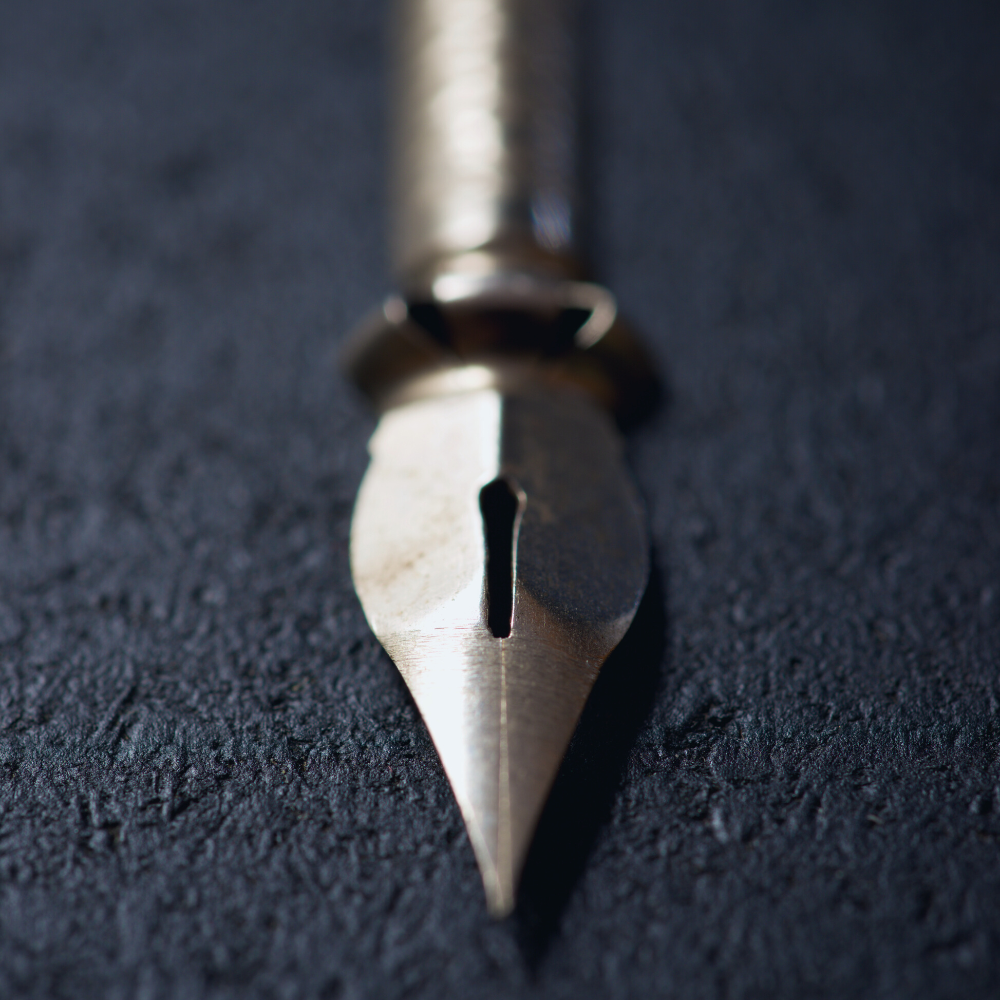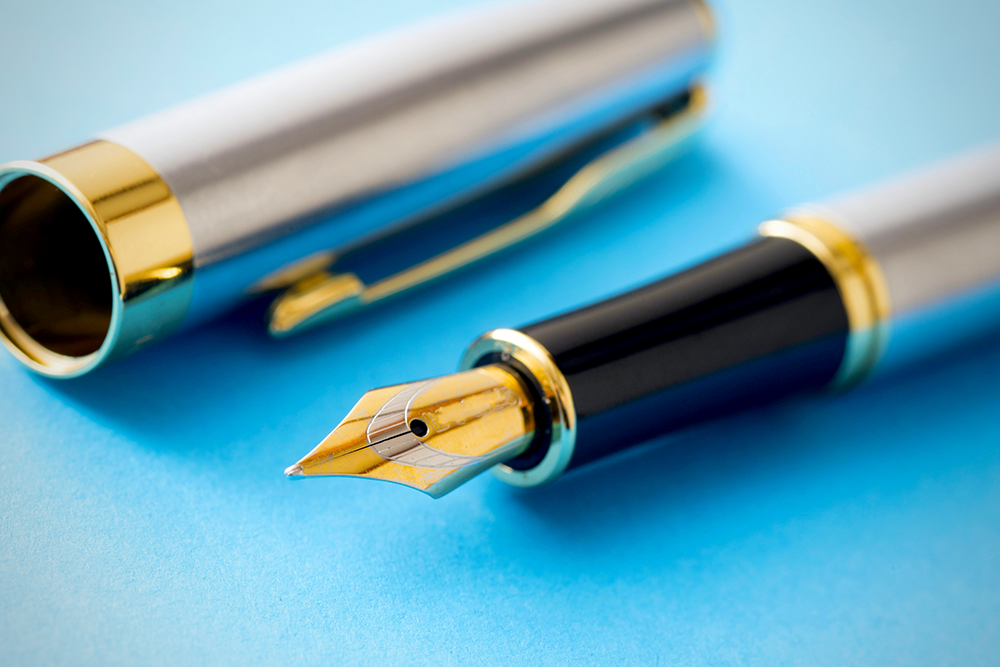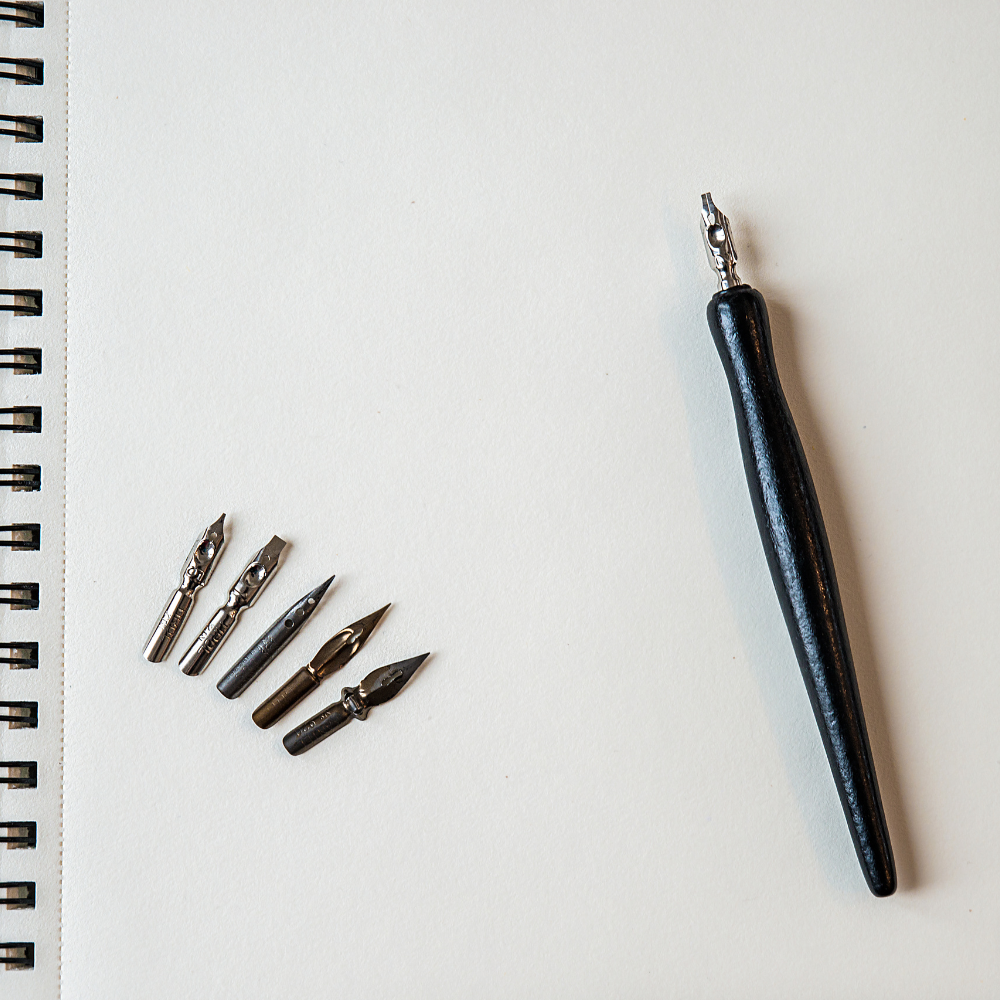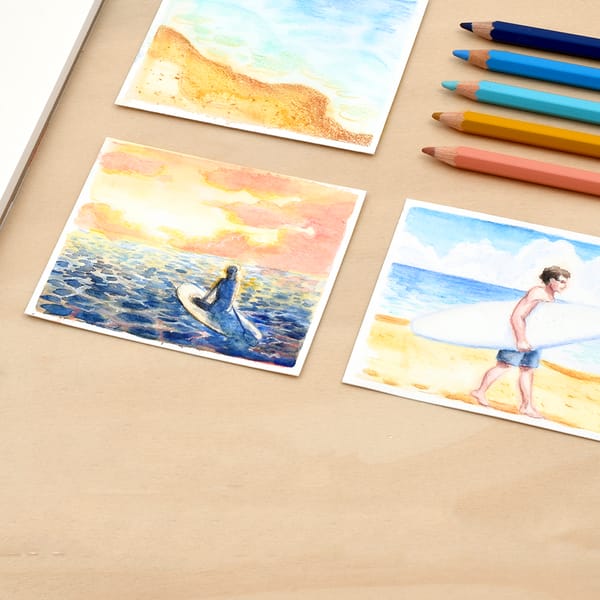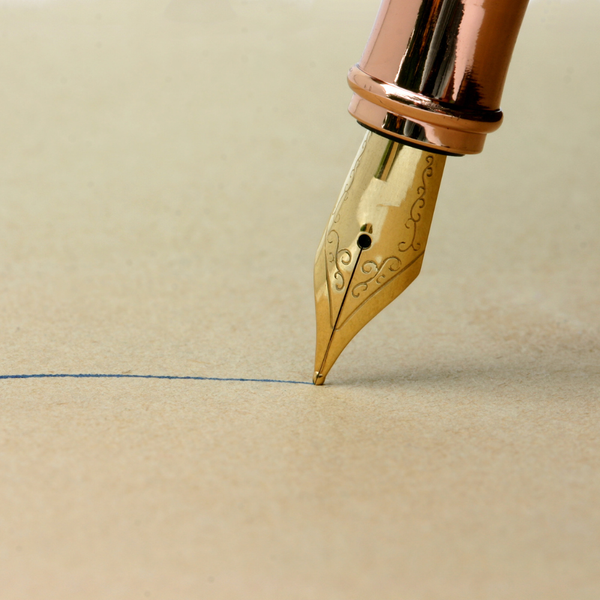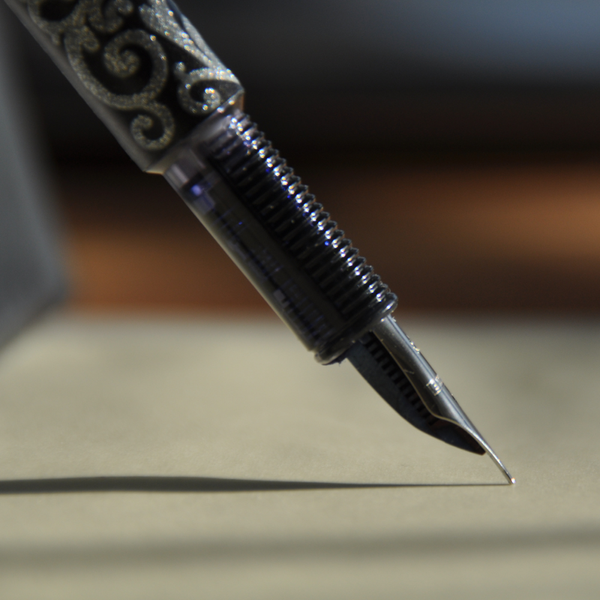The journey to find your perfect drawing nib can feel a bit like a quest!
You may have found yourself perusing art supply stores for hours, picking up different packages and pens to test out, only to end up more confused than when you started.
Some nibs feel flimsy and wobbly while others hardly leave a mark.
Others glide across the page with silky smoothness but lack the precision you crave; it's a tricky balance to find the sweet spot between control and flow.
With so many nib options out there from felt to flex to brush, it can be downright intimidating to decide what tool is right for your personal style and projects.
Fear not, fellow questing creators!
In this post, we'll break down the main types of drawing nibs and share best tips for choosing the one that unlocks your creative potential.
By the end, you'll be armed with nib knowledge to confidently select your new trusty companion for all your drawing adventures.
Your quest ends here, so let's get ink-sploring!
Key Takeaways:
- Understanding the different types of nibs is crucial for selecting the best nib for your drawing style.
- The quality of line variation and ink flow are key factors influenced by the choice of nib.
- Japanese nibs, dip pen nibs, and fountain pen nibs like the Pilot Falcon are popular among artists for their unique properties.
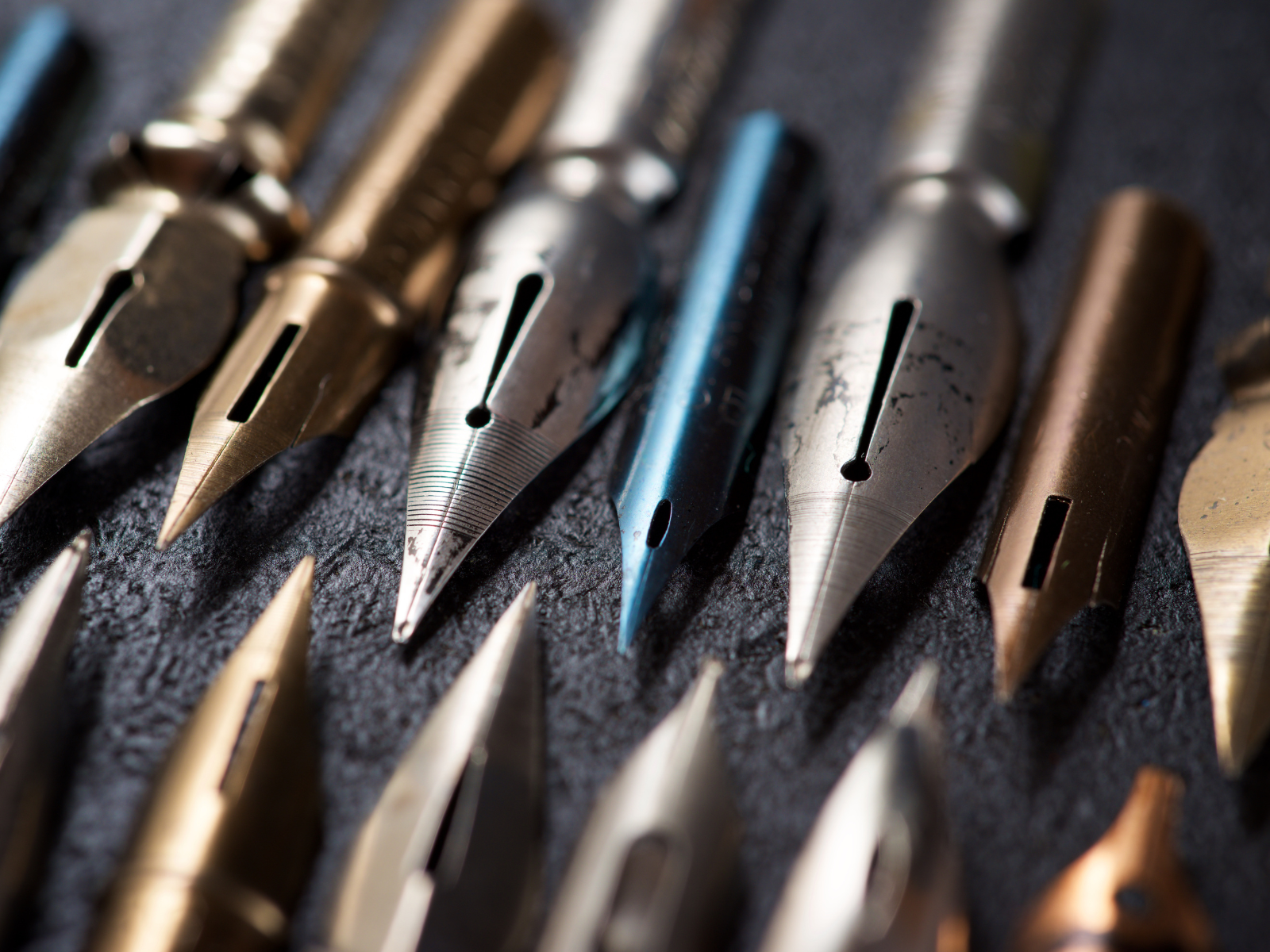


Drawing and Nib Types
Drawing is an art form that requires precision, control, and the right tools to bring your vision to life.
One of the most critical tools for any artist working with pen and ink is the nib.
The nib is the metal tip of a pen that comes into contact with the paper, transferring ink onto the surface as you draw.
Different nibs offer varying levels of flexibility, thickness, and flow, allowing for a range of line qualities in your artwork.
Understanding Nib Types and Their Uses
When it comes to pen and ink work, the nib is the metal tip that comes into contact with the paper.
The type of nib you choose can greatly affect the quality of your lines, from their thickness to their smoothness.
Most nibs can be categorized into two main types: dip pen nibs and fountain pen nibs.
Dip pen nibs, as the name suggests, are designed to be dipped into drawing inks.
They are held in a nib holder and are popular for their versatility and the wide range of line variation they offer.
Different nibs, such as mapping nibs and calligraphy nibs, are tailored for specific tasks.
Mapping nibs, for instance, are known for their extra fine points, which are ideal for detailed work.
Fountain pen nibs, like the Pilot Falcon, are attached to pens that have an internal reservoir for ink.
These nibs for drawing are convenient because they do not require constant dipping.
The Pilot Falcon is particularly noted for its flexible nib, which can create a thick line when you apply pressure and a fine line when used with a lighter touch.
Nib Sizes and Styles
Nibs come in varying sizes, offering different line thicknesses.
These sizes are often measured in millimeters or points.
The most common nib sizes range from extra fine (0.2mm) to extra broad (3mm).
Some notable styles of nibs include round, pointed, stub, and italic.
Round nibs have a spherical tip and are ideal for beginners, while pointed nibs have a sharper point and allow for finer lines.
Stub nibs are cut at an angle and create thicker vertical strokes and thinner horizontal strokes.
Italic nibs have a flat edge that creates broad lines with thin parallel ones.

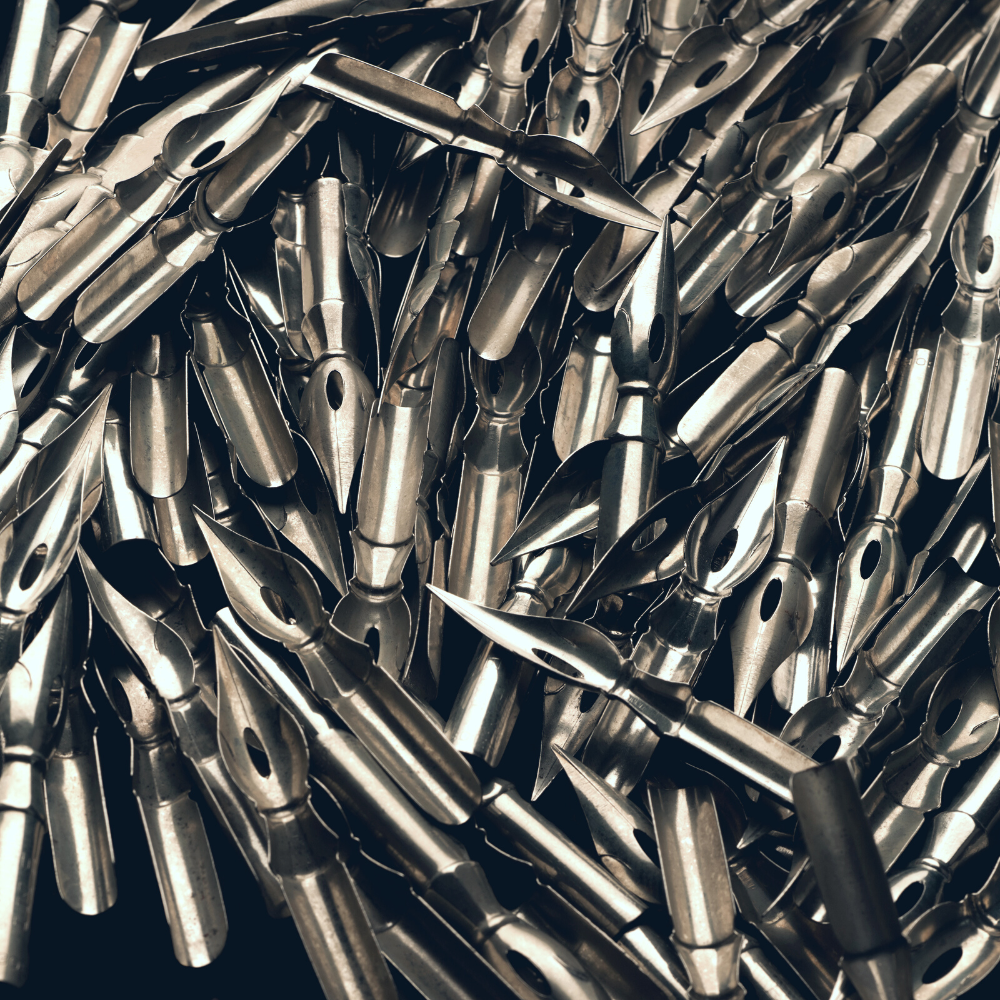
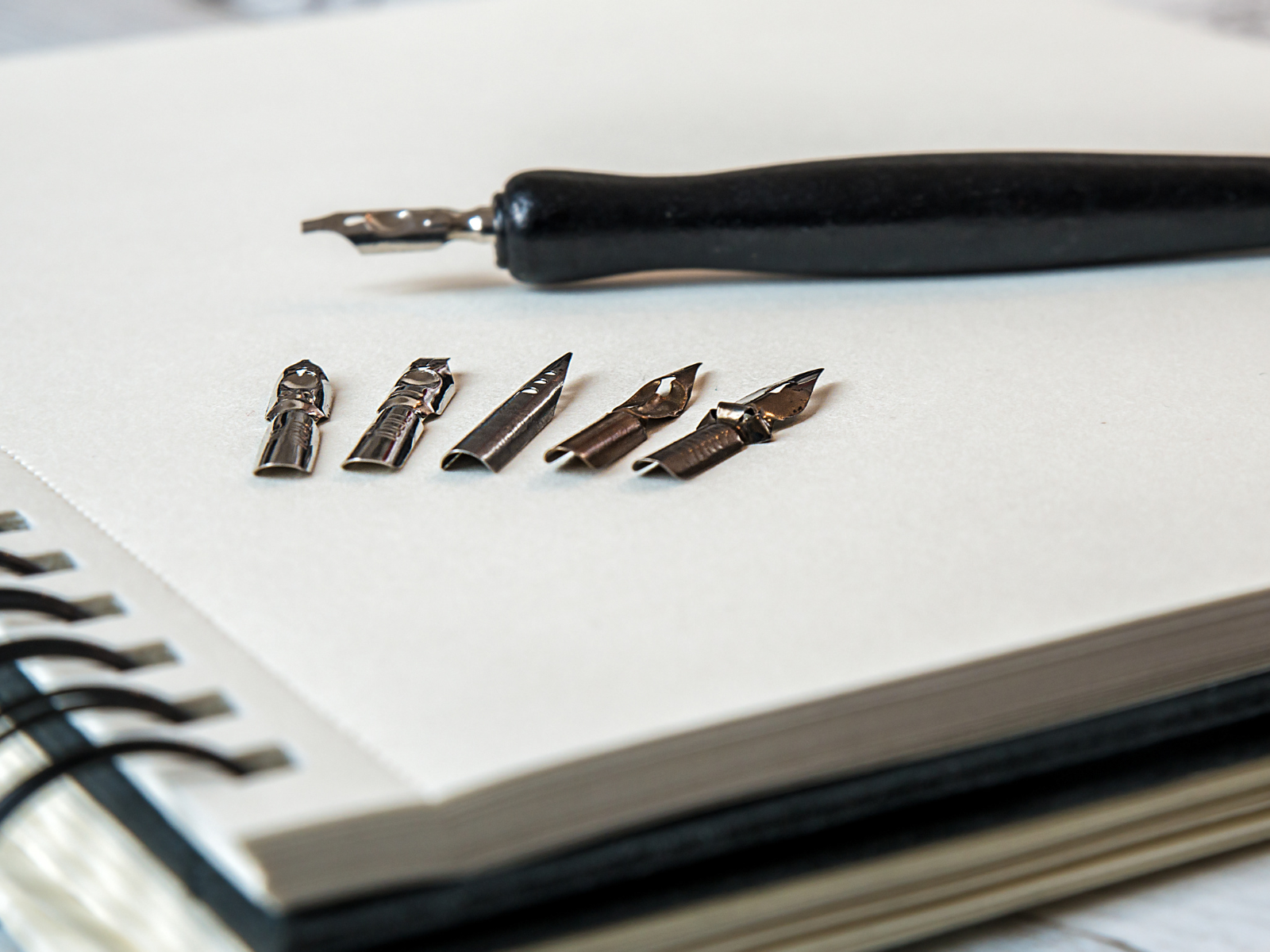
The Impact of Nib Material and Flexibility
The material from which a nib is made can influence its performance.
Most nibs are made from metals like stainless steel or gold, with each offering different levels of flexibility and durability.
Flexible nibs, such as those found on some fountain pens, allow for controlled lines and a variety of line widths, making them a favorite among manga artists.
The flexibility of a nib affects how much line variation you can achieve.
A more flexible nib will tend to create a wider range of line thicknesses, which is essential for techniques like shading and inking.
However, too much flexibility might make it difficult to maintain the original shape of the nib over time, especially if you tend to apply pressure while drawing.
Different nib styles, such as dip pen and fountain pen nibs, also offer different levels of flexibility.
Dip pen nibs tend to be more flexible than fountain pen nibs, making them ideal for creating expressive lines.
The Role of Ink Flow in Drawing
Ink flow is another critical aspect to consider when choosing a nib. It refers to how the ink travels from the nib onto the paper.
A good nib should provide a consistent and smooth ink flow, allowing for uninterrupted strokes and avoiding blotches or skips on the paper.
Some dip pen nibs are designed with a reservoir, which helps to regulate the ink flow and extend the time between dips.
This can be particularly useful for artists who prefer not to interrupt their work frequently.
On the other hand, fountain pens are designed to provide a continuous ink flow, which is why many artists find them convenient for longer drawing sessions.
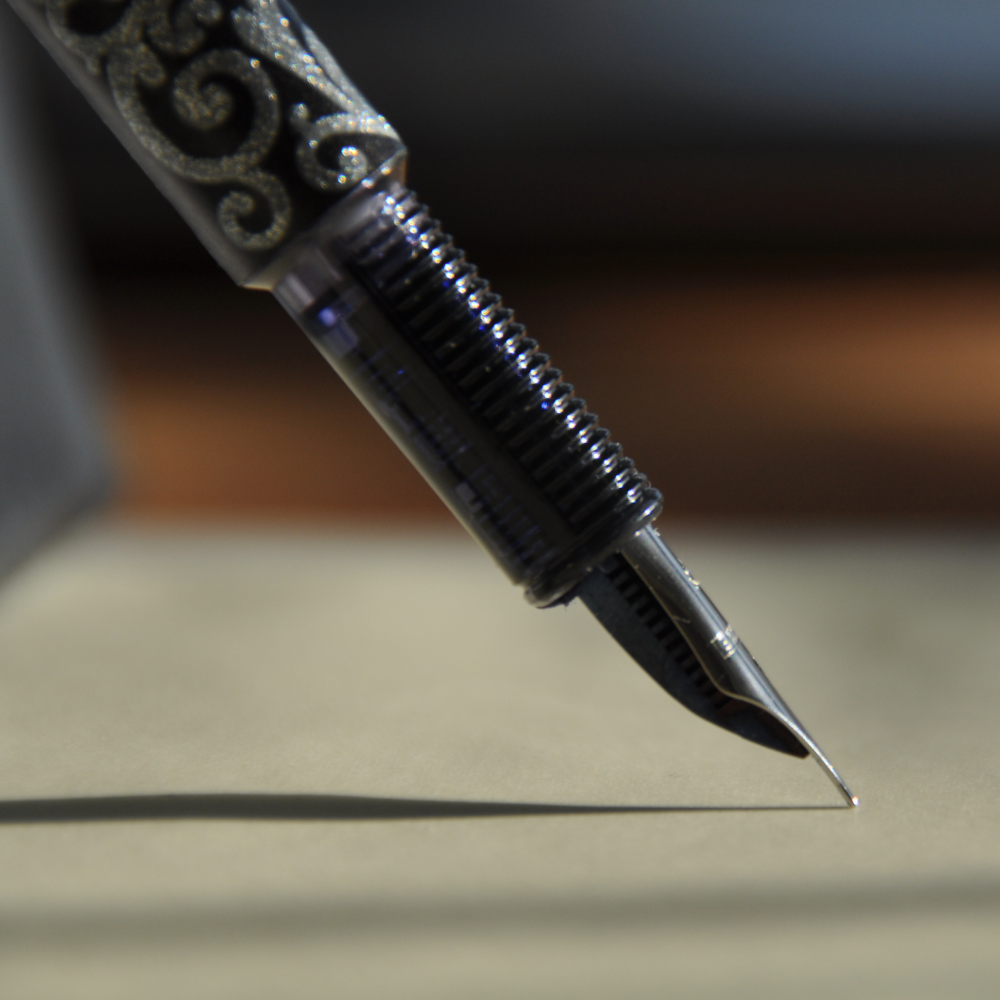
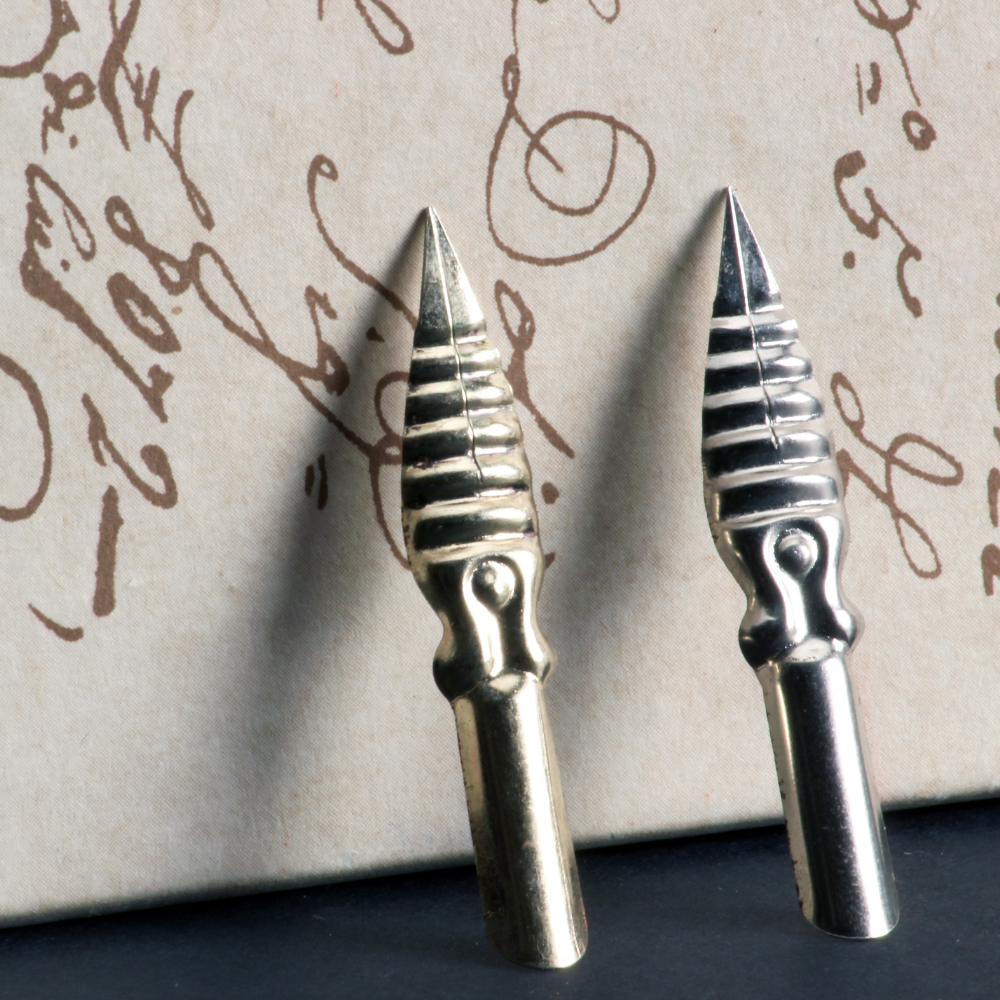
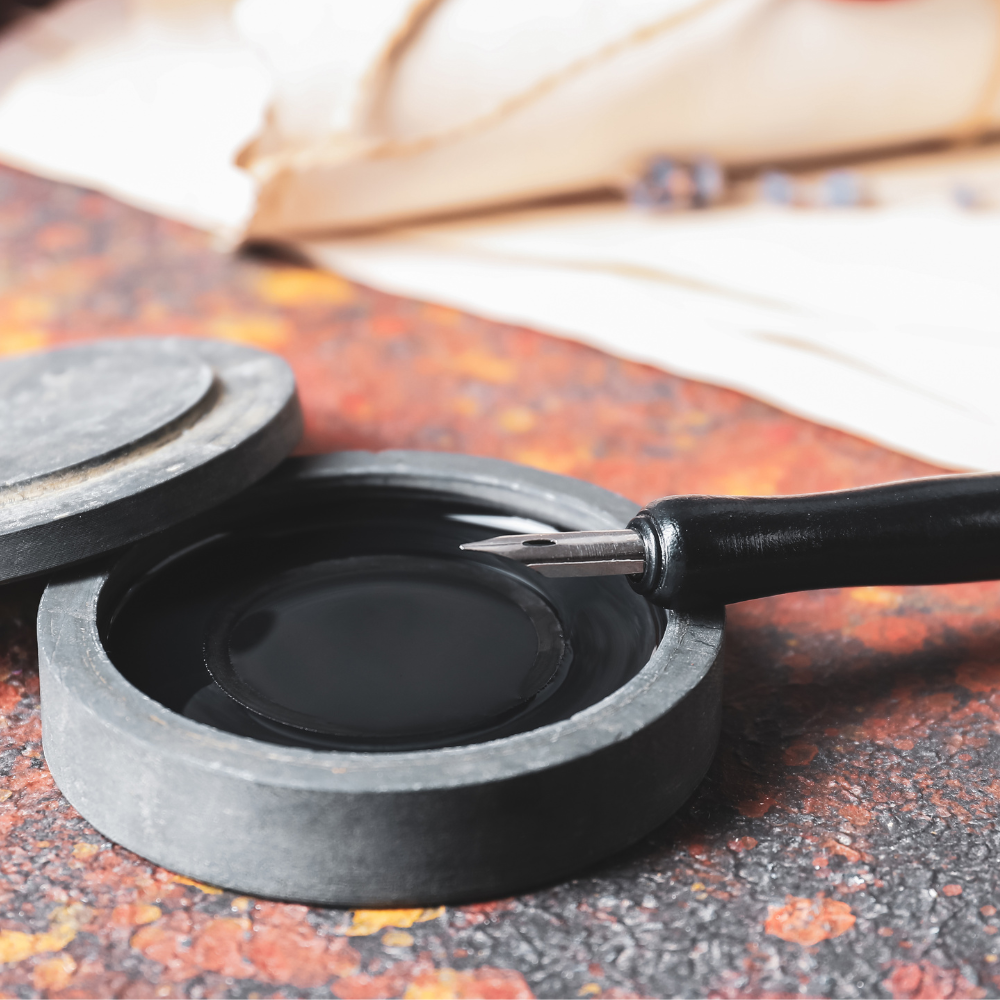
The Evolution of Dip Pens in Modern Art
Dip pens have undergone a remarkable transformation from their historical roots to becoming a staple in the modern artist's toolkit.
The resurgence of traditional techniques in contemporary art has seen dip pens, particularly the g nib, gain popularity for their precision and versatility.
Artists now frequently search for dip pens that offer a balance between elasticity and control, allowing them to experiment with line thickness and width.
The pen holder, too, has evolved, with brands offering ergonomic designs that reduce fatigue during long drawing sessions.
This fusion of old and new is a testament to the enduring appeal of dip pens in the creative world.
The g nib, in particular, is celebrated for its flexibility, which is a crucial factor when artists decide to start drawing with dip pens.
The ability to vary line width with slight pressure changes makes the g nib a fun and dynamic tool for illustrators and calligraphers alike.
As artists continue to share their techniques in future posts and video tutorials, the g nib's status as a beloved tool for both beginners and seasoned professionals is solidified.
It's a clear example of how a simple tool can carry immense potential for creativity.
Integrating Dip Pens into Your Artistic Process
When artists incorporate dip pens into their artistic process, they often note the immediate impact on their work.
The unique line quality produced by a dip pen, especially when paired with a flexible g nib, can add a level of dynamism to sketches that is difficult to replicate with other drawing supplies.
For those looking to write or comment on their artwork, the sharpness and precision of a dip pen can elevate the presentation, making it a favorite choice for adding annotations or intricate details to a piece.
Moreover, the use of dip pens encourages artists to slow down and consider each stroke, making the act of drawing a more meditative and deliberate practice.
This slower pace can be a welcome contrast to the fast, sweeping motions often associated with brush work.
As artists flex their creative muscles with dip pens, they find that the tool not only enhances their final artwork but also enriches the drawing experience itself.
With each dip and stroke, artists connect with their craft on a deeper level, and many hope to carry this sense of intention into all aspects of their work.


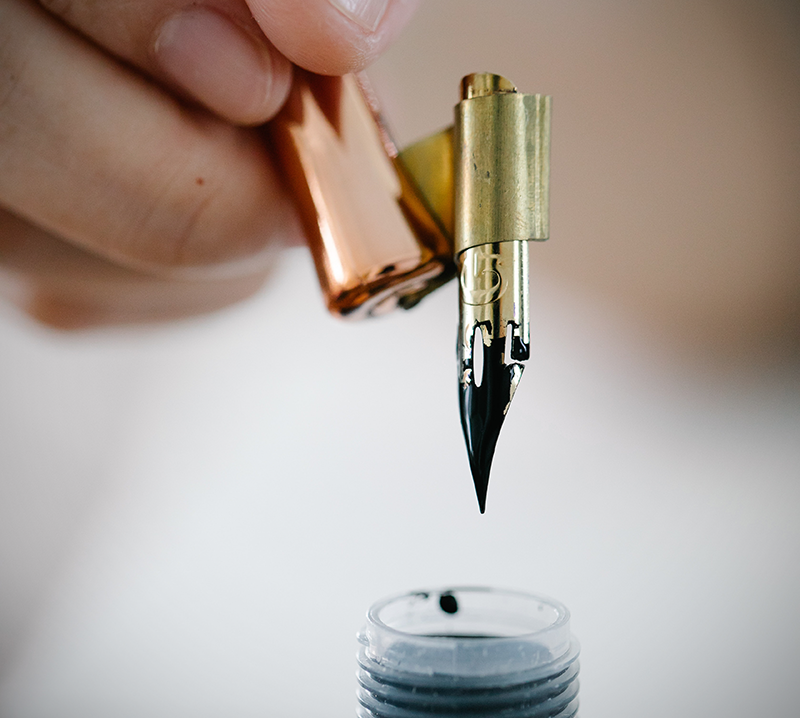
How to Choose the Right Nib for Your Art Style
Selecting the right nib for your art style is a personal decision that depends on the kind of work you do and your preferences.
If you are someone who enjoys sketching with a lot of line variation, a flexible nib like the one on the Pilot Falcon might be ideal.
For those who do more technical or detailed drawings, a mapping nib with an extra fine point could be the best choice.
It's also important to consider the paper you will be using.
Some nibs work better on certain types of paper, and the wrong combination can lead to poor ink flow or even damage to the nib.
Always test out different nibs on the paper you plan to use for your final drawings to ensure compatibility.
The best way to find out which nib is best for drawing is to experiment with different kinds.
Try out various dip pen nibs and fountain pen nibs to see how they feel and what kind of lines they produce.
Pay attention to how the nibs respond to your hand movements and the pressure you apply.
Many artists tend to prefer certain brands or types of pens and nibs based on their experiences.
It's worth exploring different options and even seeking recommendations from other artists.
You might find that a nib you hadn't considered before becomes your new favorite tool for creating your art.

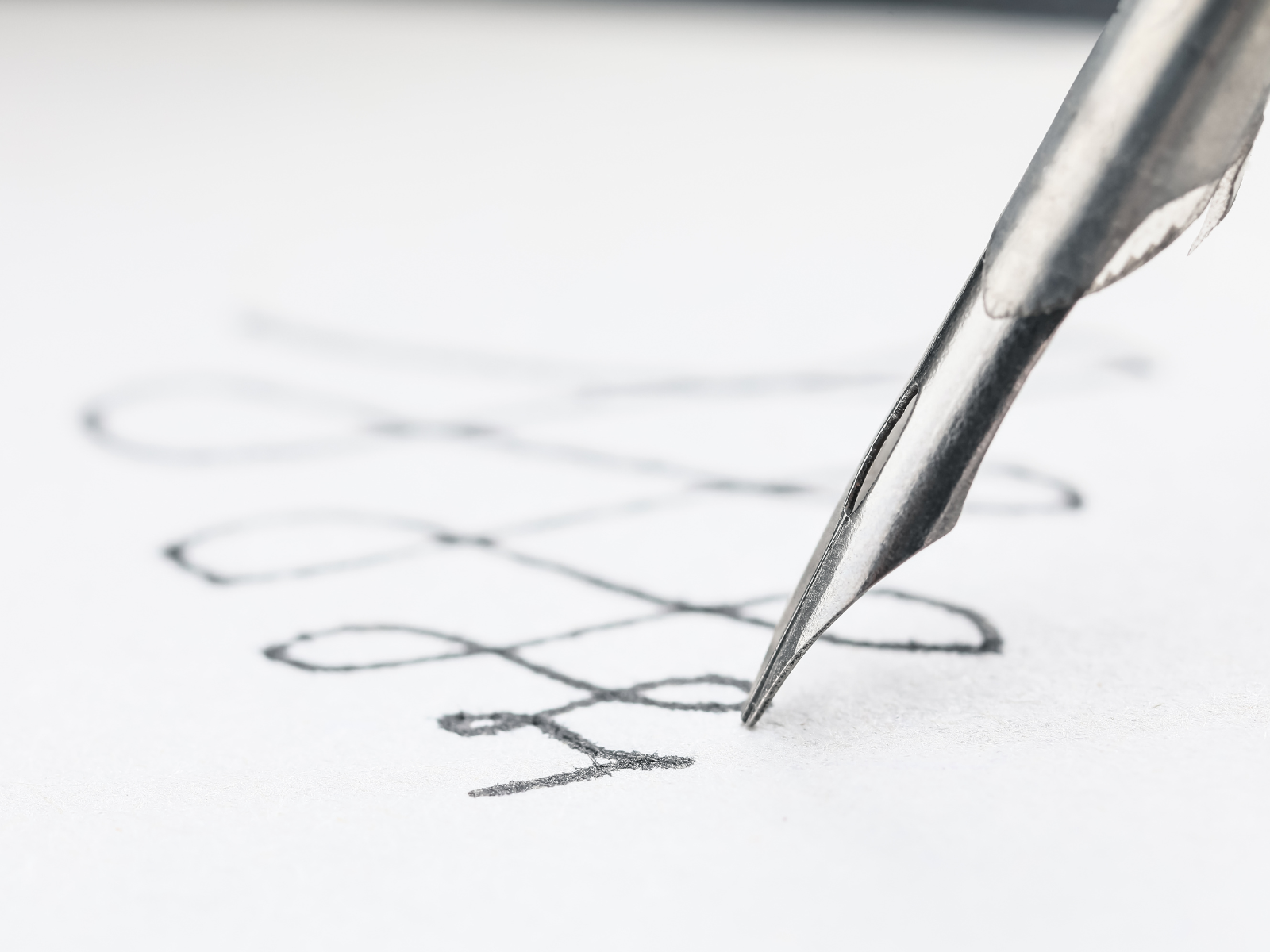

Felt Tip Nibs
Felt tip nibs are made from synthetic materials and have a firm yet flexible tip.
Felt tip pens are often used for technical drawings, comic art, and manga-style illustrations due to their precise lines and ability to create bold, solid marks.
Felt tip nibs are also a popular choice for lettering artists because they offer consistent ink flow and can handle various writing angles.
Brush Nibs
Brush nibs are designed to mimic the effect of a brush on paper, making them an excellent choice for creating expressive and organic lines.
Artists can achieve varying line widths by adjusting the pressure they apply, making brush pens versatile tools for sketches, inking, and calligraphy.
Dip Nibs
Dip nibs, particularly g nibs, are known for their elasticity and the potential for line variation.
They are popular among artists who want to create dynamic lines with just one tool, making them an excellent choice for sketches and ink drawings.
Fountain Pen Nibs
Fountain pen nibs offer a continuous flow of ink, allowing for smooth lines without having to constantly dip into ink.
Fountain pens also offer a range of flexibility and tip sizes, making them suitable for various styles of drawing.

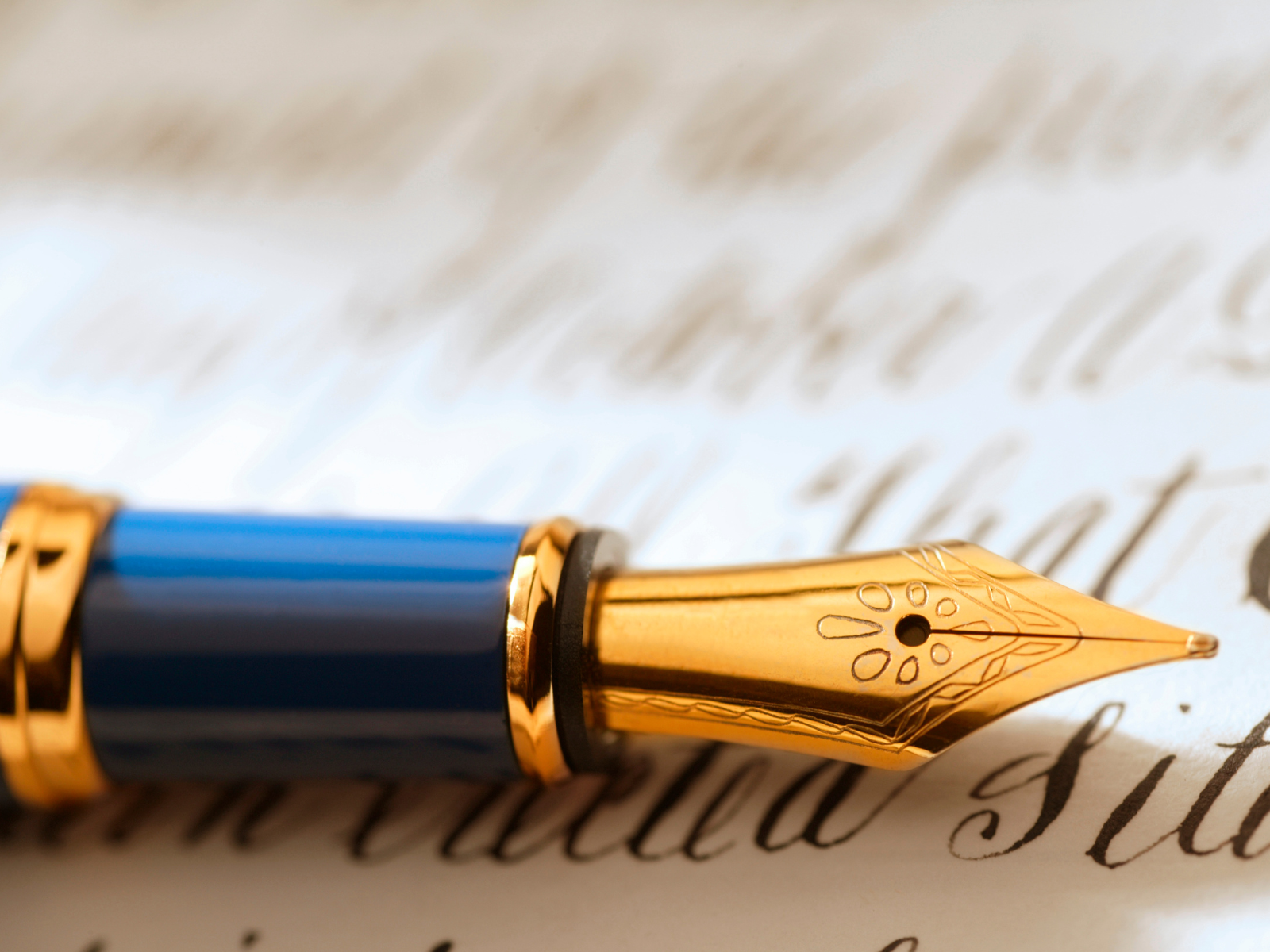

Technical Nibs
Technical nibs are excellent for precise line work and drafting; drawing pens are a great addition to any art kit.
They are often used for architectural drawings, technical illustrations, and comic art due to their ability to create fine lines without leaving much ink on the paper.
Ballpoint Nibs
Ballpoint nibs, like those found in regular ballpoint pens, offer a consistent line width and are great for quick sketches or note-taking.
However, they do not allow for much variation in line thickness.
They can take a variety of forms, such as erasable pens or gel pens.
Popular Nib Choices Among Artists
Japanese nibs are renowned for their quality and precision.
Brands like Pilot and Zebra offer a range of nibs that are highly sought after by artists for their smooth performance and durability.
These nibs are often the go-to choice for manga artists who require extra fine lines and controlled strokes.
Gillott nibs are another popular choice, especially among artists who engage in traditional pen and ink work.
Gillott offers a variety of dip pen nibs that are known for their elasticity and ability to produce a range of line widths.
The Gillott 303, for example, is a favorite for its fine point and flexibility.
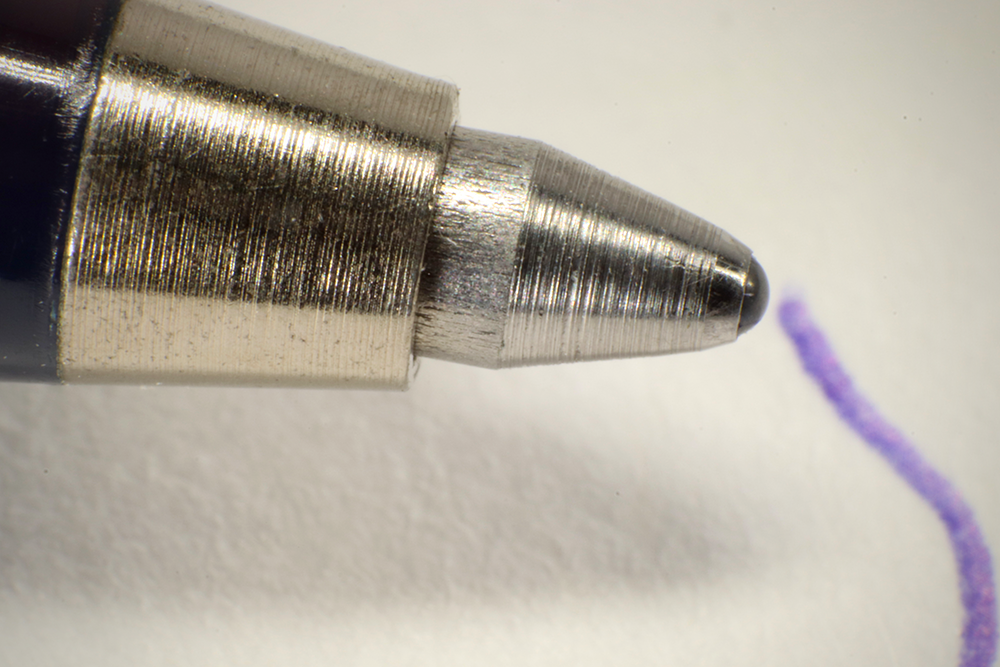
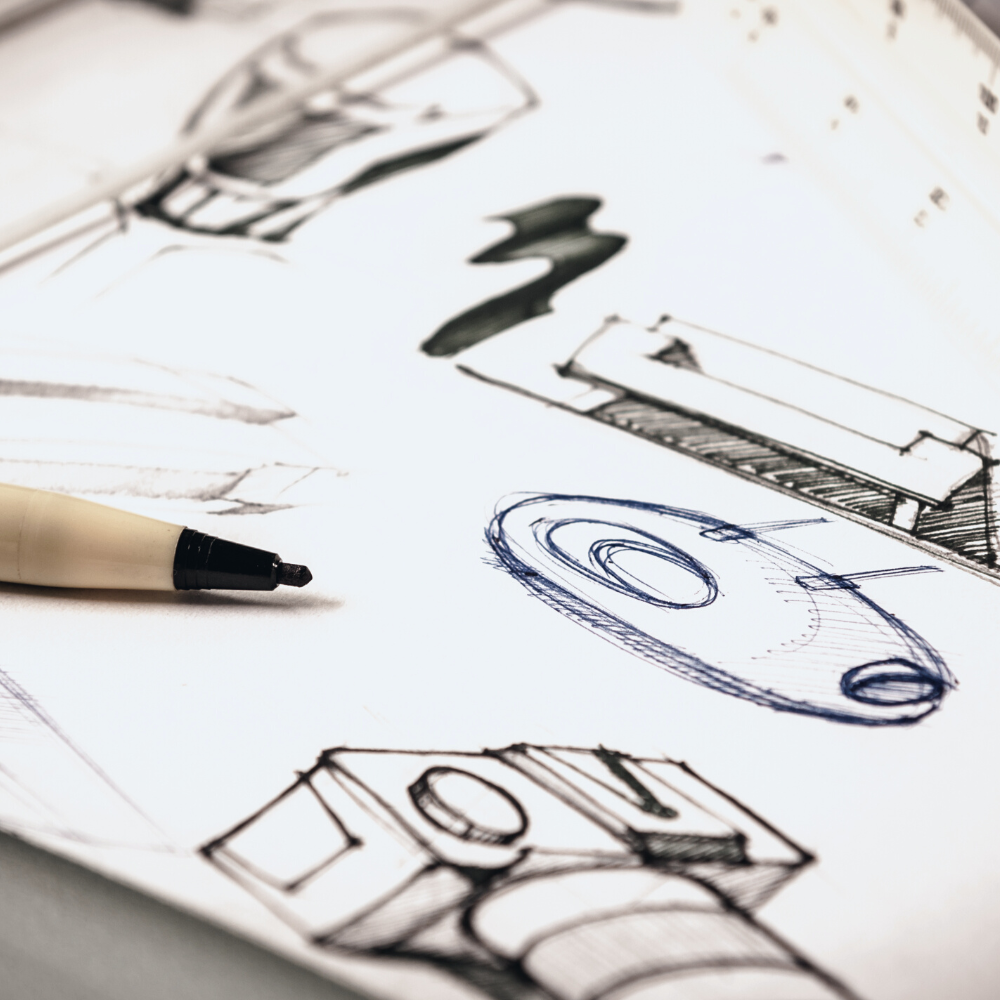

Caring for Your Nibs
Proper maintenance of your nibs is essential to ensure their longevity and performance.
After each use, it's important to clean your nibs thoroughly to prevent ink from clogging or corroding them.
For dip pen nibs, gently wiping them with a damp cloth or rinsing them under water can remove residual ink.
Fountain pen nibs may require a more thorough cleaning with a pen flush or water.
Storing your nibs correctly is also crucial.
They should be kept in a dry place and, if possible, in a protective case to maintain their original shape and prevent any damage.
Taking good care of your nibs will not only help them last longer but also ensure that they are ready to use whenever inspiration strikes.
Tips for Choosing the Perfect Drawing Nib
With so many factors to consider when selecting a drawing nib, here are some tips to help you find your perfect match:
- Consider the type of artwork you do and what kind of lines you need to create
- Test out different nibs on various papers to find compatibility
- Pay attention to how the nib responds to your hand movements and pressure
- Ask for recommendations from other artists or seek out reviews online
- Don't be afraid to experiment with new nibs – you might discover a new favorite tool for your art
- Properly maintain and clean your nibs to ensure their longevity and performance.
Overall, choosing the right nib requires careful consideration of various factors such as flexibility, line thickness, and ink flow.
By understanding the different types of nibs available and how they can enhance your artwork, you can make informed decisions about which nib will serve you best.
And the lifespan of a nib depends on how frequently it's used and how well it's maintained; if you notice that the quality of your lines is deteriorating or the nib is damaged, it's time to replace it.
With the right nib at your disposal, you can elevate your drawing and inking skills to new heights.
So, go ahead, experiment with different nibs, and see the impact they can have on your art!

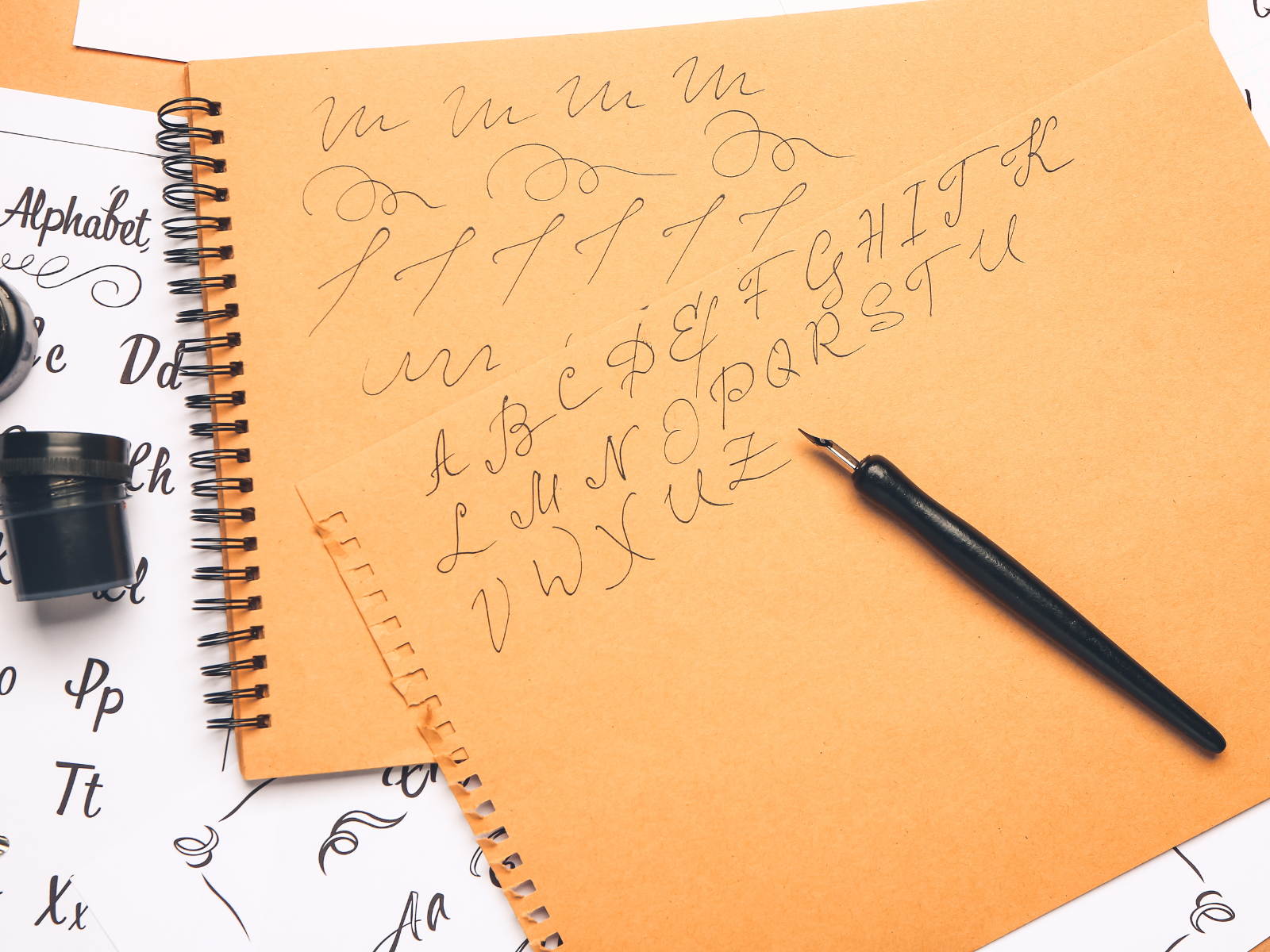
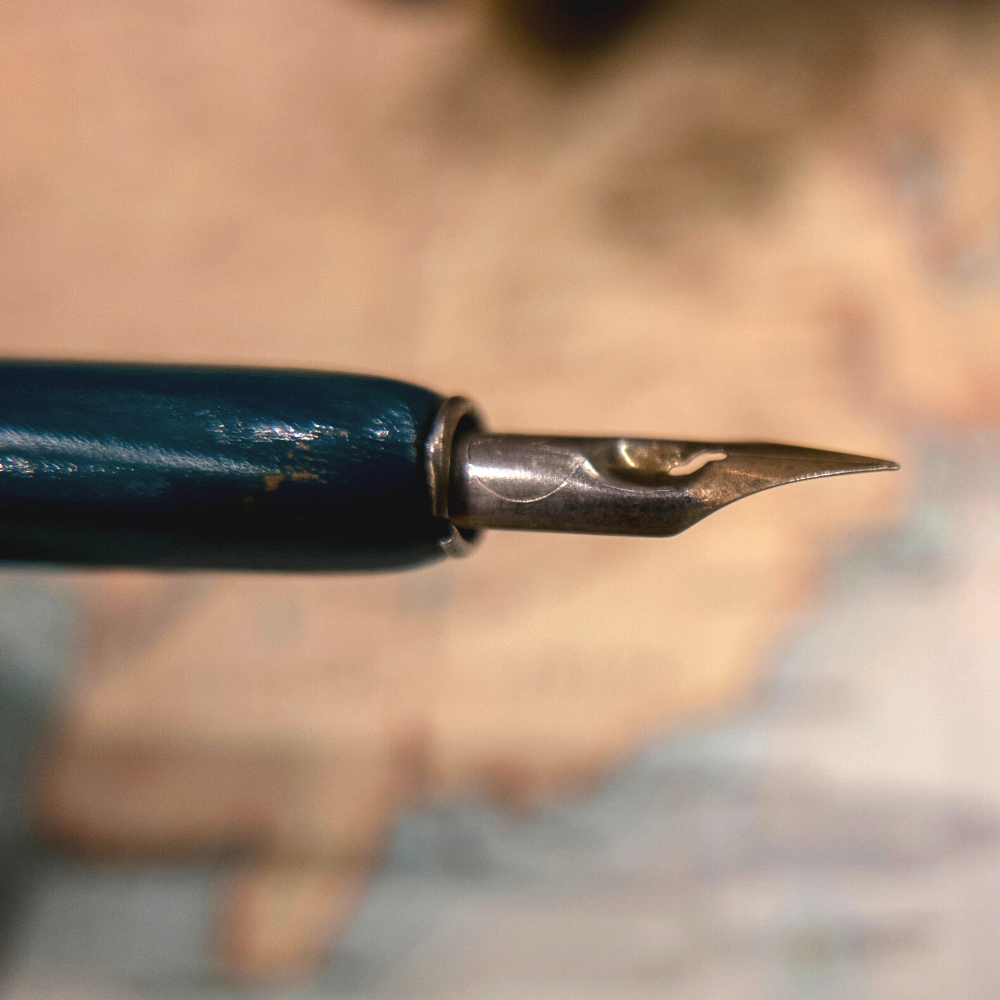
Nibs as Versatile Tools for Artists
Choosing the right nib for drawing is a crucial decision that can greatly influence the quality and style of your artwork.
From calligraphy to technical drawings to expressive sketches, there is a nib that can cater to every style and preference.
With their unique properties such as flexibility and ink flow, nibs offer artists the ability to create dynamic lines and add depth and character to their work.
As artists continue to push the boundaries of traditional techniques, dip pens and fountain pens remain versatile tools that can adapt to any artistic process.
Whether you opt for dip pen nibs or fountain pen nibs like the Pilot Falcon, the key factors to consider are line variation, ink flow, and the nib's compatibility with your drawing technique and paper.
By understanding the different types of nibs available and how they affect your work, you can select the best nib to suit your artistic needs.
While some high-quality nibs can be more expensive, the best nib for you is the one that fits your drawing style and preferences; it's possible to find affordable nibs that perform exceptionally well.
Remember to care for your nibs properly to ensure their longevity and consistent performance.
Now that you have a better understanding of the different types of nibs available, you can choose the one that best suits your unique style and needs.
Take time to try out different nibs and find the one that gives you the line quality and precision you desire.
With the right nib in hand, you'll be on your way to creating stunning works of art that capture your unique creative vision.
Happy drawing!
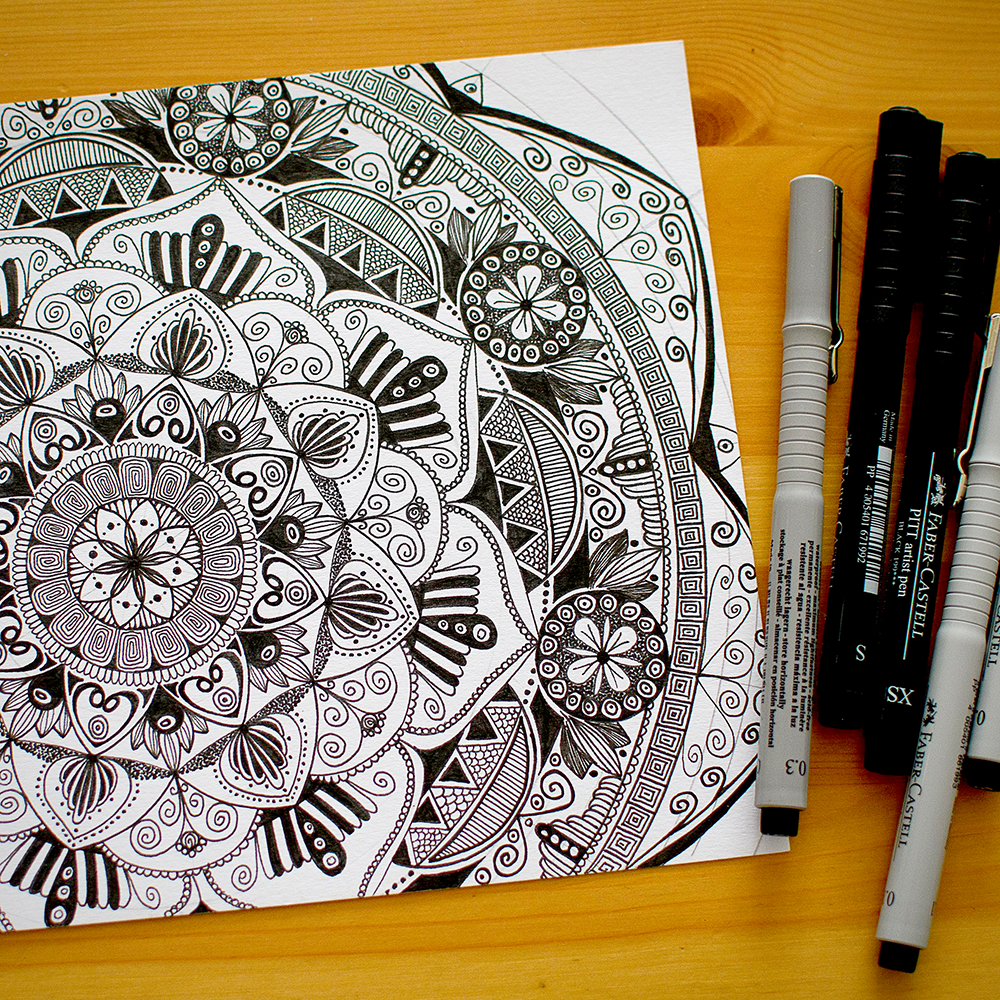


Ready to start drawing with pen nibs? Check out Julia Bausenhardt's video!
Want even more content about creativity and art?
Be sure to check out all of our creative chronicles!
Eager to learn more about drawing with pens?
Check out some of our other articles:
-What type of pens do artists use?
-Is a fountain pen good for art?
-What is better than a fountain pen?
